CopperCoat Review after 7 Years
The first part of this post was written in 2016 (see below that for the 2022 update):
A year ago we put CopperCoat on the bottom of our boat as we were tired with having to haul out every two years to repaint. Plus the anti-fouling paints are not exactly very eco-friendly and, with increasing regulations about their ingredients, are becoming less and less effective.
So now, after a year, how is our CopperCoat holding up?
This year has been quite a test for it. For the first 9 months the boat was actually tied up in a marina which, with a combination of dirty water and lack of movement is usually a pretty harsh environment for anti-fouling.
The CopperCoat was applied in September 2015, and the boat was almost immediately put into Portimao Marina until June 2016. We then sailed and motored up to the Lisbon area, where we stayed with little movement until September 2016. On arriving in Cascais, near to Lisbon, in July, I did an inspection and found the hull to have a thin coating of vegetation, maybe about 0.5 mm thick, which was quite smooth. It was rather like a thin fuzz. There were no long strands of grass or weed, even on the waterline. I scraped this all off very easily with a metal scraper. This is the same coating that I have previously found on our hull during the second year of a normal anti-fouling, although the regular anti-fouling seemed to be worse for waterline weeds. There were no barnacles or other crustaceans at all. This compares very favourably with the second year of standard anti-fouling by which time there are usually a number of barnacles growing.
The boat then went back into a marina (Marina Parque do Nacoes in Lisbon) for a month. This marina seems to be particularly bad for fouling – one of our ropes was thick with weed after just one month.
Coming out of there I had a chance to do a very quick bottom scrape, as I noticed that there were, in fact, a number of barnacles on the aft section of the starboard hull. I scraped these off easily.
Following this we did some sailing – in fact, we sailed 4 long passages – to Morocco, then the Canary Islands, then Senegal and Gambia, including 100 miles up the freshwater river.
In Lamin Lodge, close to Banjul in Gambia, we were able to beach the boat and do a thorough clean up, as we wanted to remove everything from the hull, and then reactivate the CopperCoat by scrubbing it with some ScotchBrite pads.
In fact, we were pleased to see how clean the hull was. I found only one barnacle (probably left over from my quick scrape in Lisbon), and only a little of the thin fuzz. So the bottom clean and scrub went very quickly, and was all easily done within one tide cycle.
I also found about 4 tiny round spots where the CopperCoat had come off, exposing the white gelcoat beneath. Presumably these small spots were the result of poor application just there, perhaps an air bubble in the primer. So I filled them with some epoxy.
Conclusion
I am pleased with the result of one year of CopperCoat. The bottom cleaning we have done is about the same as we would have done after the first year of a new ablative anti-fouling such as Island 45 or Micron 66, and way better than the anti-fouling we put on in Tunisia which conformed with European regulations and definitely needed to be repainted after one season.
I was surprised to find some barnacles after our stay in the Lisbon marina, but that marina seemed to be exceptionally bad for fouling. And at least they scraped off very easily.
Let’s see if the next year works just as well.
2022 Update
Well, once we arrived in the Caribbean we discovered that the antifouling did not work nearly as well. True, it did keep the barnacles (mostly) at bay. But the weeds and soft growth were BAD.
Here are some photos. These are the growth, starting with a clean bottom, after 6 months on a mooring in Grenada. We had the same after 2 months in the lagoon in St Martin.
Typically I would have to dive and scrape the bottom about every three weeks to keep it all under control.
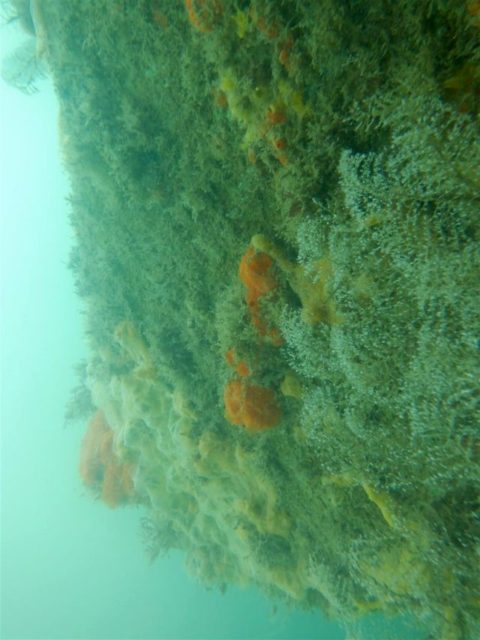
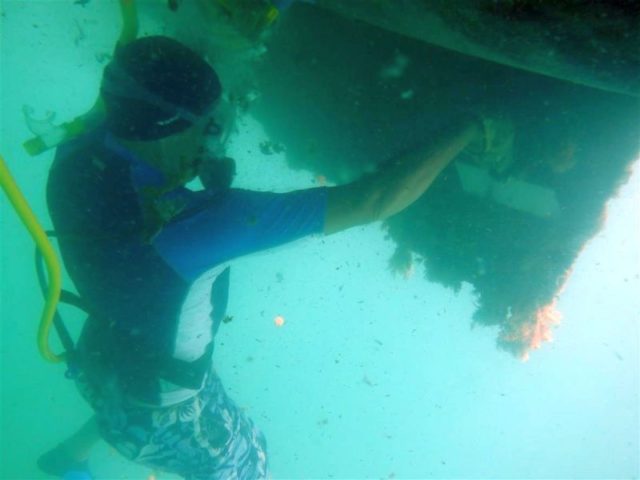
We did haul out a few times and sanded the coppercoat down with some 400 grit to expose the copper. Didn’t make any difference.
So after several years of getting tired of scraping, we finally decided to abandon the Coppercoat and paint over it with Petit Trinidad Pro hard antifouling. We have had some barnacles on it since then (especially in Luperon in Dominican Republic) but they are WAY easier to remove than the weeds.
Finally I don’t have to be scraping every few weeks.

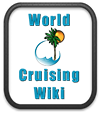




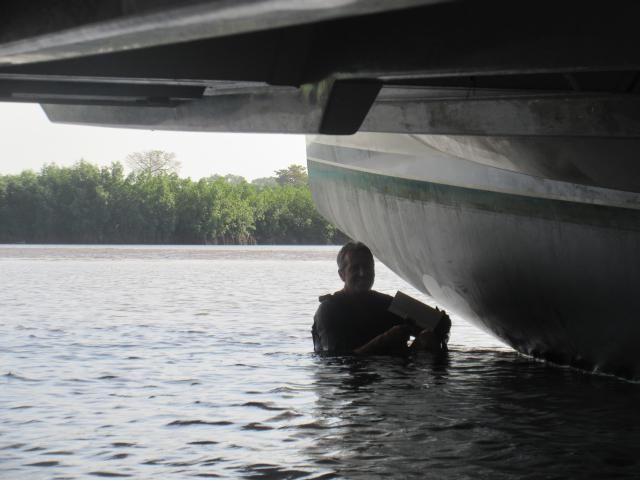
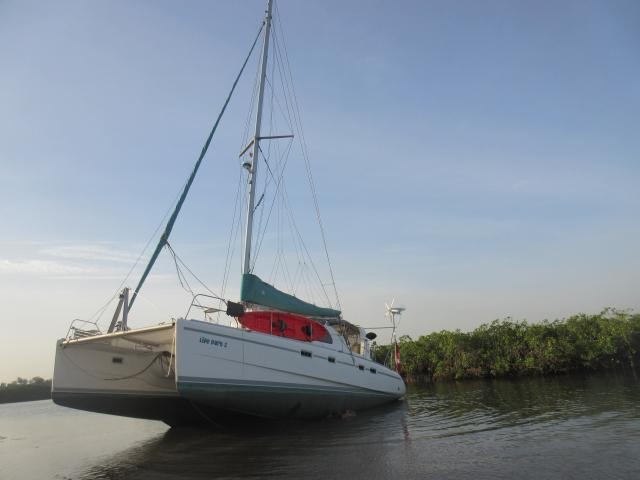
Hi There,
Glad to hear Coppercoat is working well and hope it continues so! It seems to be very location specific. We just published a review of our experience of the last four years. Perhaps some of your readers will find it useful: https://coppercoat.brucebalan.com
Cheers,
Bruce
Thanks for the review. I know from your cruiser forum post that your performance has change. Ours changed quite a bit as well. Our review is here: https://coppercoat.brucebalan.com
Cheers,
Bruce
s/v Migration
Hi Bruce, Yes, we have just given up on the Coppercoat and have painted over it with Petit Trinidad hard antifouling. We just got tired of scraping the bottom every few weeks.